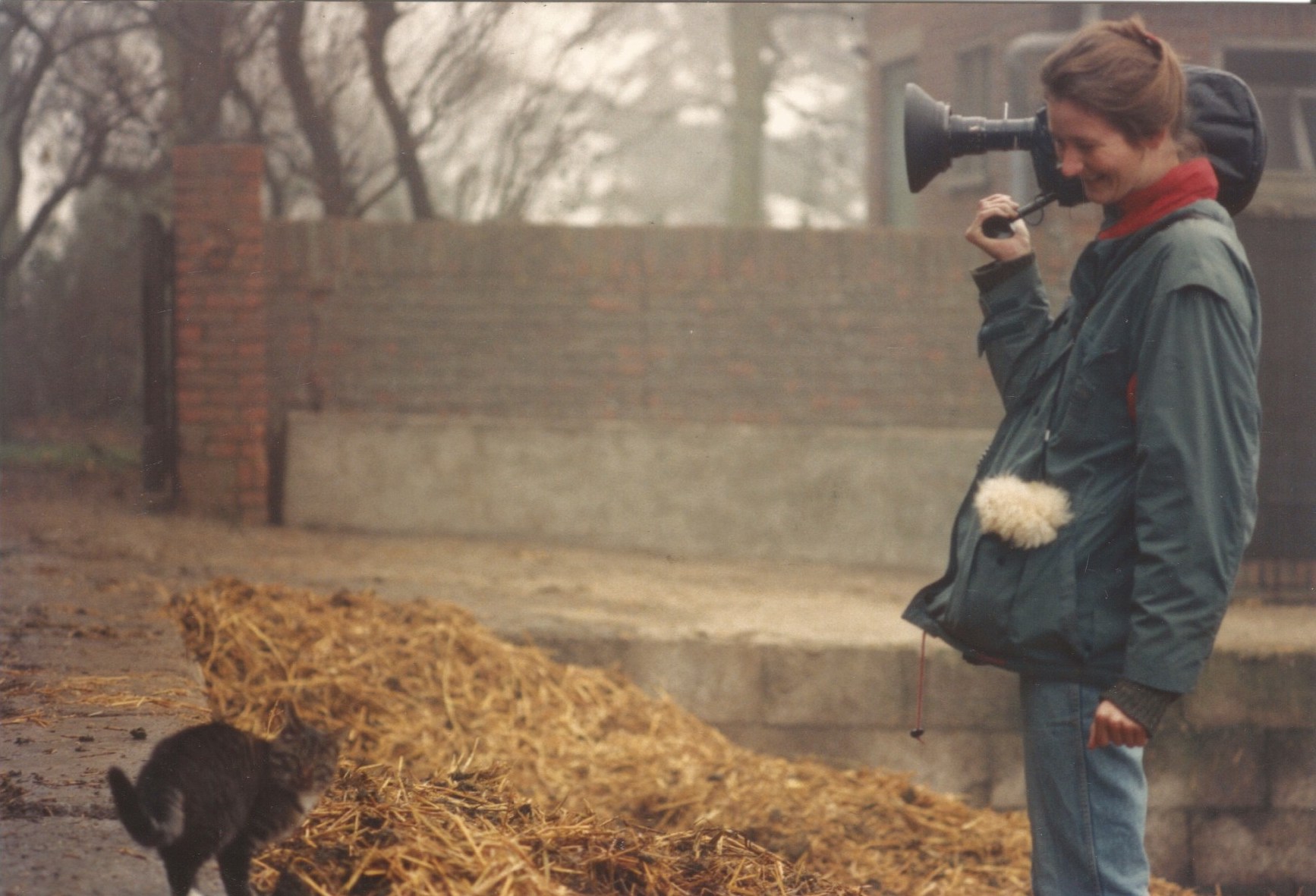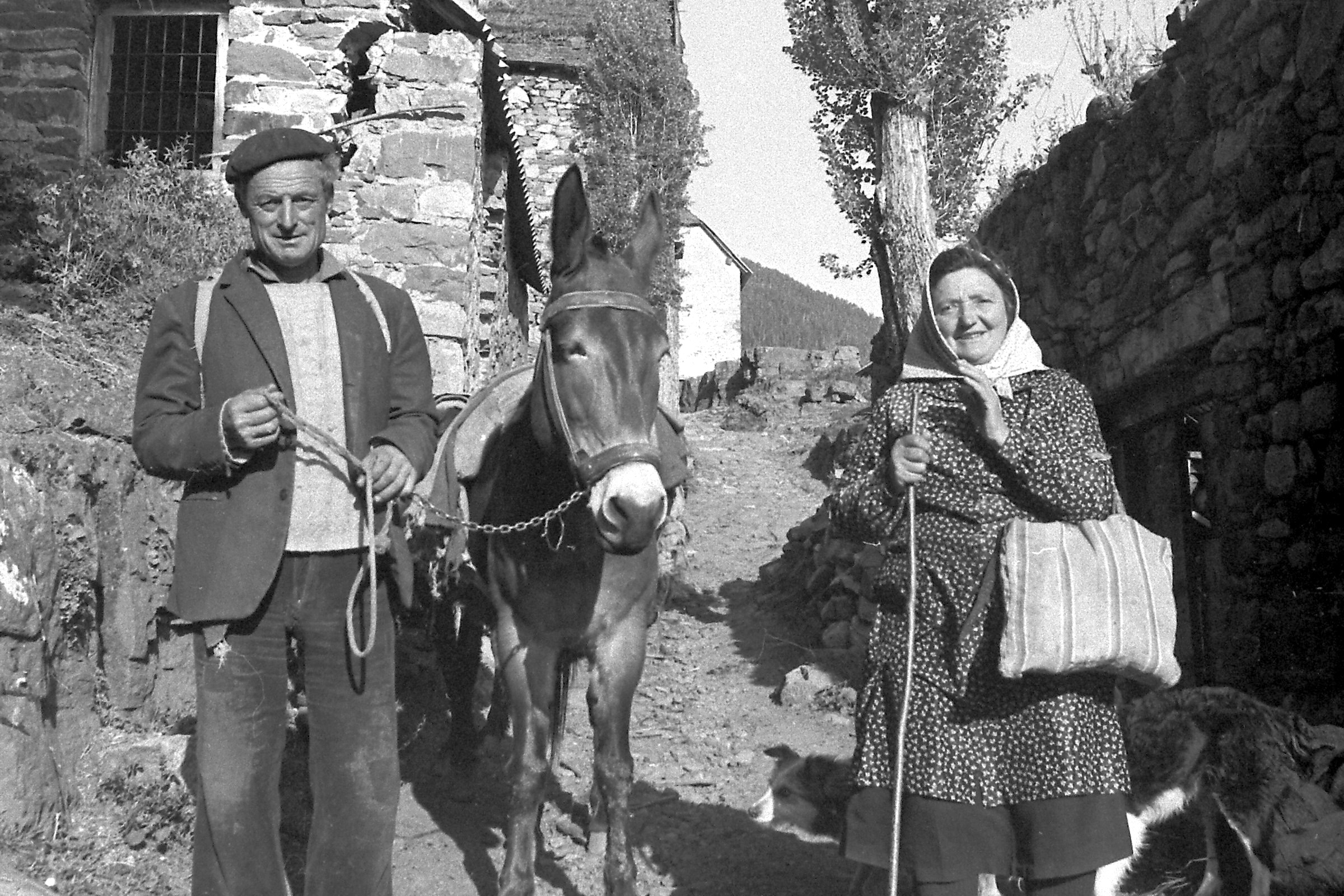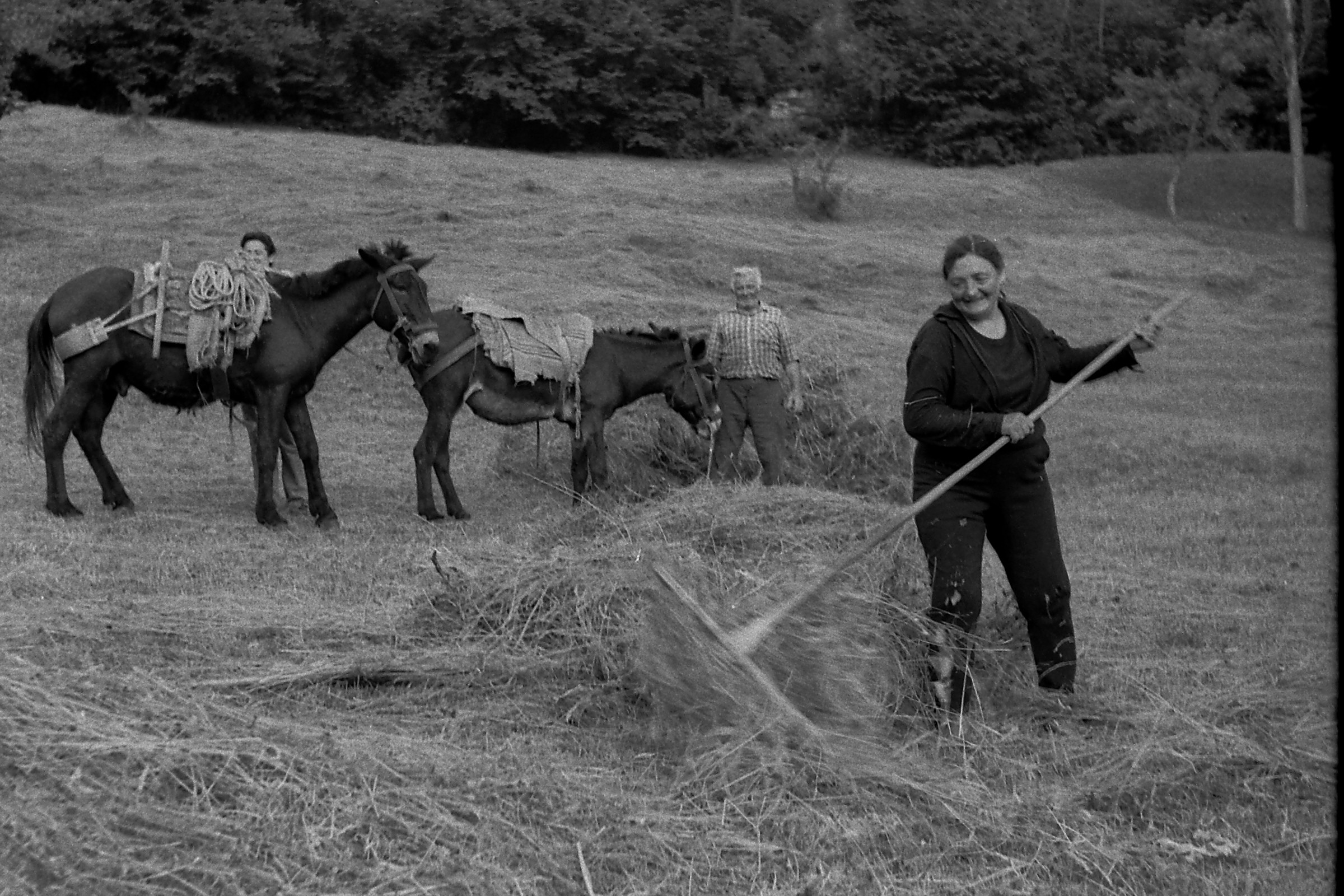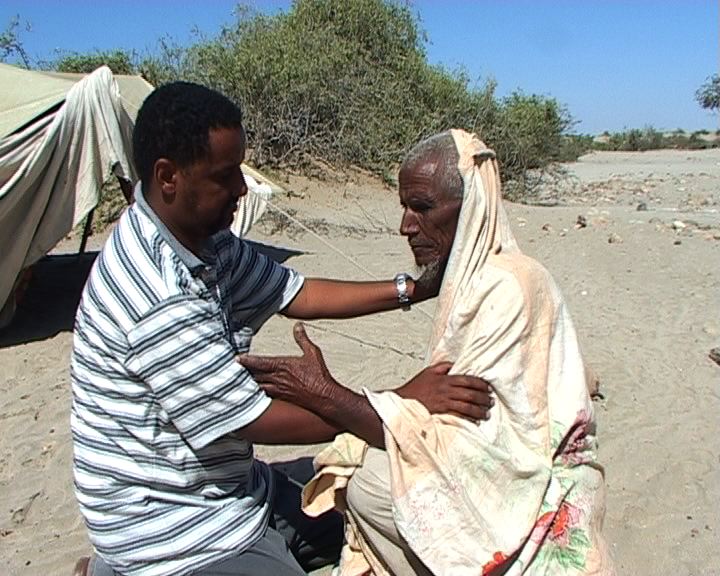
'Students finding their own voice in visual ethnography is what I find most rewarding to see'
Metje Postma retires after 37 years
Metje Postma has been associated with Leiden University for almost 45 years: she studied here and worked in Leiden for her entire career. Not surprisingly, since Leiden was the only place where Visual Anthropology was being taught for a long time. Postma was closely involved in developing the curriculum of this successful discipline as we know it nowadays. This February, she will stop teaching and retire. But she is not done with the discipline yet: she will finish her PhD and there are still five films on the shelf that she plans to complete.
During her studies, Metje was not sure whether the theoretical approach of anthropology would suit her. But when she came across the work of Dirk Nijland and the way film was used in ethnographic research, it felt like a revelation. From then on, Postma has been fully devoted and committed to the discipline.

The Staal funds
That was not always easy. In 1988, when Postma was still working as a student assistant lecturer, almost all her colleagues were suddenly laid off. Due to budget cuts, the Visual Anthropology course was at risk of being abolished, along with other smaller courses such as Japanese, Arabic and Sanskrit. Thanks to the Staal funds (money used to save courses that were threatened at the time) via an initiative by Dirk Kolf and Jarich Oosten as directors of the Centre for Non-Western Studies at Nonnensteeg, the necessary staff could be maintained. Besides Nijland's half position, one more position for Visual Anthropology was made available: half an appointment for Meykecht and half for Postma. Uncertain times as they were never quite sure for how long they would stay.
Educating students
But it all worked out well. Postma has stayed with Leiden University all this time, and has worked hard to put Visual Anthropology on the map. And with success. The master's specialisation Visual Ethnography has been very popular for many years. And in the bachelor's the subject Visual Methods is also very popular. Postma: "I have always enjoyed the discipline and the fantastic things that have been created. What I enjoyed most is educating students. Watching them grow and seeing them turn into people who suddenly realise that if you observe something carefully, you can grasp the essence. When students find their own voice within their film, I find that incredibly beautiful. That has always encouraged me to keep going."
With a phone, you can create a beautiful film already, so the discipline has become much more accessible.
Multimodal ethnography
Nowadays, we live in a very good time for Visual Anthropology, or Multimodal Ethnography as it is called today. "It is a combination of photography, film, audio and other audiovisual and digital applications that sometimes even relate to experimental art forms. Here, we reflect particularly on methodology and epistemology. The idea behind this change to multimodal ethnography is that the emphasis is also on exploring forms in which you can share your work outside academia and collaborate more intensively with the people with whom you do research," Postma explains. "In the past, we were seen as an exclusive club that was messing around with 16 mm cameras, but now a more positive climate has developed within the academy. Media are also much more manageable. You can already make a beautiful film with a phone, so it has become a much more accessible discipline."
Films
The main focus of Postma's work was on education and its development. But in addition, she conducted several research projects and also produced a number of films. Such as the film Of Men and Mares, about two families who breed the great Belgian draft horses and also use them in agriculture in Zeeland. In 1993, Postma went to Sudan to give video training at Ahfad women's university. This resulted in the film Aruz al Dura. It was also the beginning of her interest in Sudan. In 2006, she began her PhD research in Eritrea, on the East Sudanese Rashaida who had rebelled against the Sudanese regime. She made two films during that period 'Aida, Weaving her Way' and 'Voices in the Desert, the Rashaida and Fuzum'. A third film from the study (What's in Store), is yet to be made.

Commitment to national and international promotion of Visual Anthropology
Promoting the discipline in academic and public spheres was also a major driving force for Postma. In 1989, she founded the association SAVAN together with colleagues in honour of the promotion of Dirk Nijland. Out of this a lively association was born that organised monthly evenings at the Rijksmuseum voor Volkenkunde and an annual ethnographic film festival: Beeld voor Beeld. Cineblend emerged from this; a programme that presented ethnographic films on current themes with discussion every month in Pakhuis de Zwijger. From 2009 to 2019, Metje chaired the Visual Anthropology Committee of the IUAES and promoted the international gathering of Visual Anthropologists from non-Western countries in particular.
I'm going to finish my research, it's a bit of a reverse order of my career, but I've always given so much attention and time to teaching that it didn't come about before.
Post-retirement plans: completing PhD and archiving film
Currently, Postma is completing her PhD. "I want to finish my research, it's a bit of a reverse order of my career, but I've always devoted so much attention and time to teaching that it hasn't come around before." The dissertation consists of a book and two films. And Metje doesn't have to sit still anyway, because she has five other films on the shelf that she wants to finish. She wants to continue her research in Sudan, and she wants to archive all the ethnographic films and videos that are still in the basement of the institute and transfer them to Sound and Vision.
Grateful
"I am very grateful that even though it was often stressful whether we could continue to exist as a discipline, there were always people who saw the value of the discipline and made it possible within the Institute of Cultural Anthropology." Postma calls it a minor merit that she has been part of ensuring the continuity of the course. "Or maybe more than minor, I have always worked very hard to make that happen. There is now a wonderful programme here, thanks in equal part to my predecessors Adriaan Gerbrands, Dirk Nijland, Steef Meyknecht and Erik de Maaker, and many others who subsequently taught Visual Methods with me (Rosanne van den Berg, Janine Prins, Silke van Diemen, Peter Snowdon, Ildiko Plajas, Andrew Littlejohn and Koen Suidgeest). And of course, Mark Westmoreland has done a fantastic job in reshaping the Master's programme and growing the discipline in stature within our institute, including in the Bachelor's programme. I am very curious to see how the discipline will develop further with the new staff and the introduction of the new Bachelor track: Digital and Audiovisual Anthropology and I am grateful to have been part of that."
-

Filmen Por Que Se Van (1983) -

Metje Postma filming (1991) -

Alfredo & Caeciia en San Mamez (1983) -

Cecilia & Jesus Barrau (1983) -

Las Mujeres de San Juan (1983) -

Voices in the Dessert - Fuzum Tewelde & Freisan (2004)
Filmography
- Aida, Weaving her Way (2022)
- Voices in the Desert, the Rashaida and Fuzum (2005)
- Old Spirits, New Persons, Rose, Healer and Diviner in Western Kenya (1999) Carla Risseeuw) Montage
- Overtooms Overleg (2001)
- Strangers in ‘Paradise (1999)
- Of Men and Mares (1998)
- Aruz al Dura (1993)
- ¿ Por que se van? (1985)
Publicaties:
- Reflecting Visual Ethnography: Using the Camera in Anthropological Research (2006) Metje Postma & Peter Crawford (ed)
- Recently (2022) contribution to a new Volume: Audiovisual and Digital Ethnography- a Practical and Theoretical Guide. Editor Cristina Grasseni
